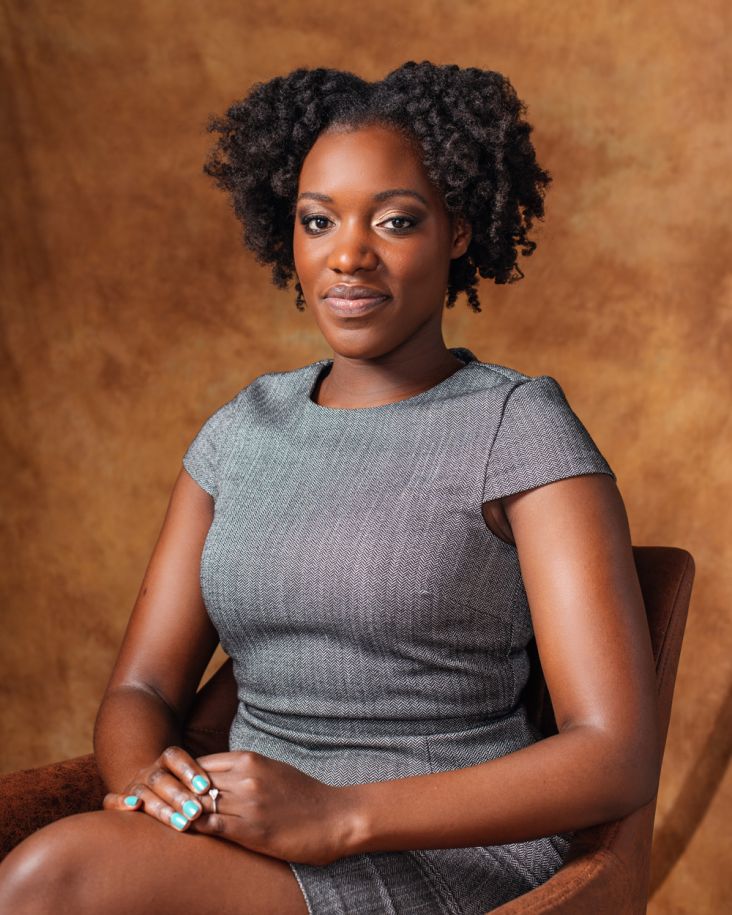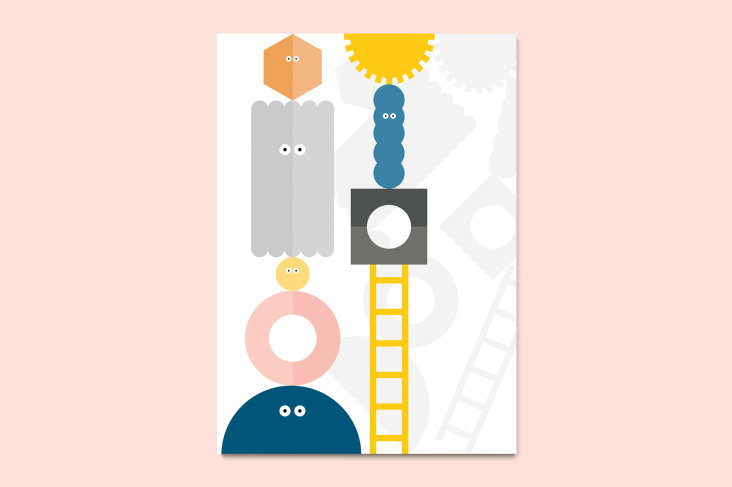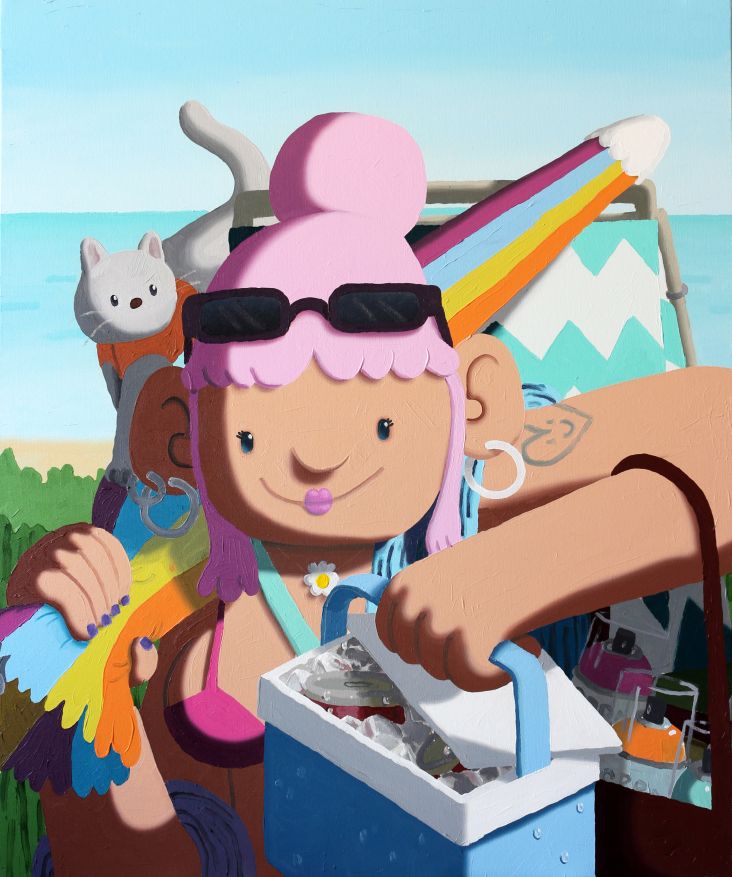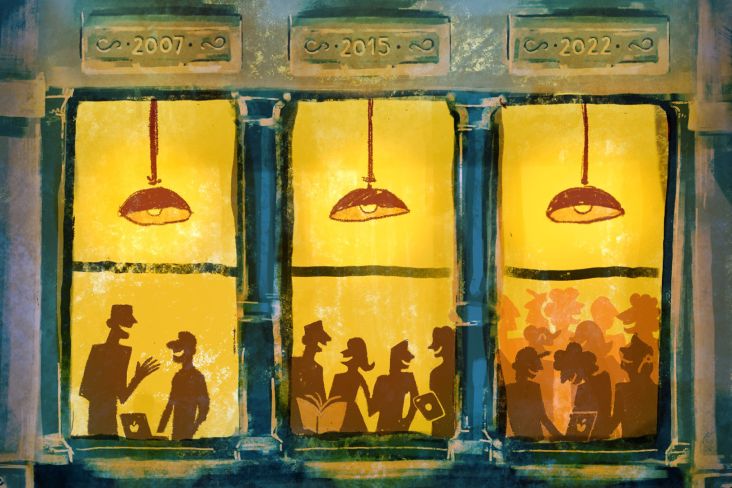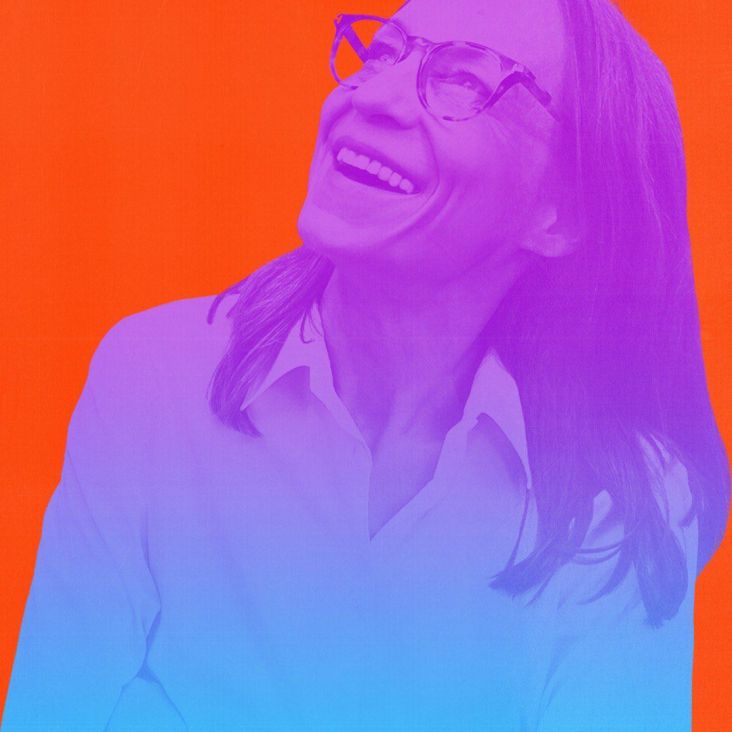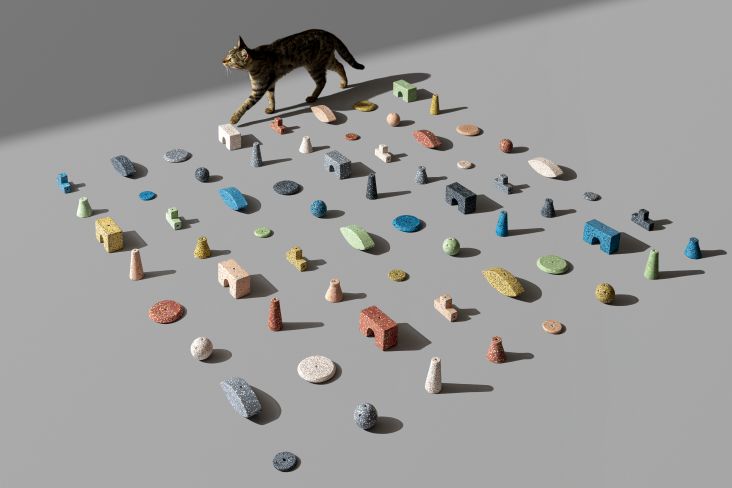Tom Rickner of Monotype on why Akzidenz-Grotesk is so important to graphic design
Monotype's creative type director tells us about its new acquisition and just what's so special about Akzidenz-Grotesk.
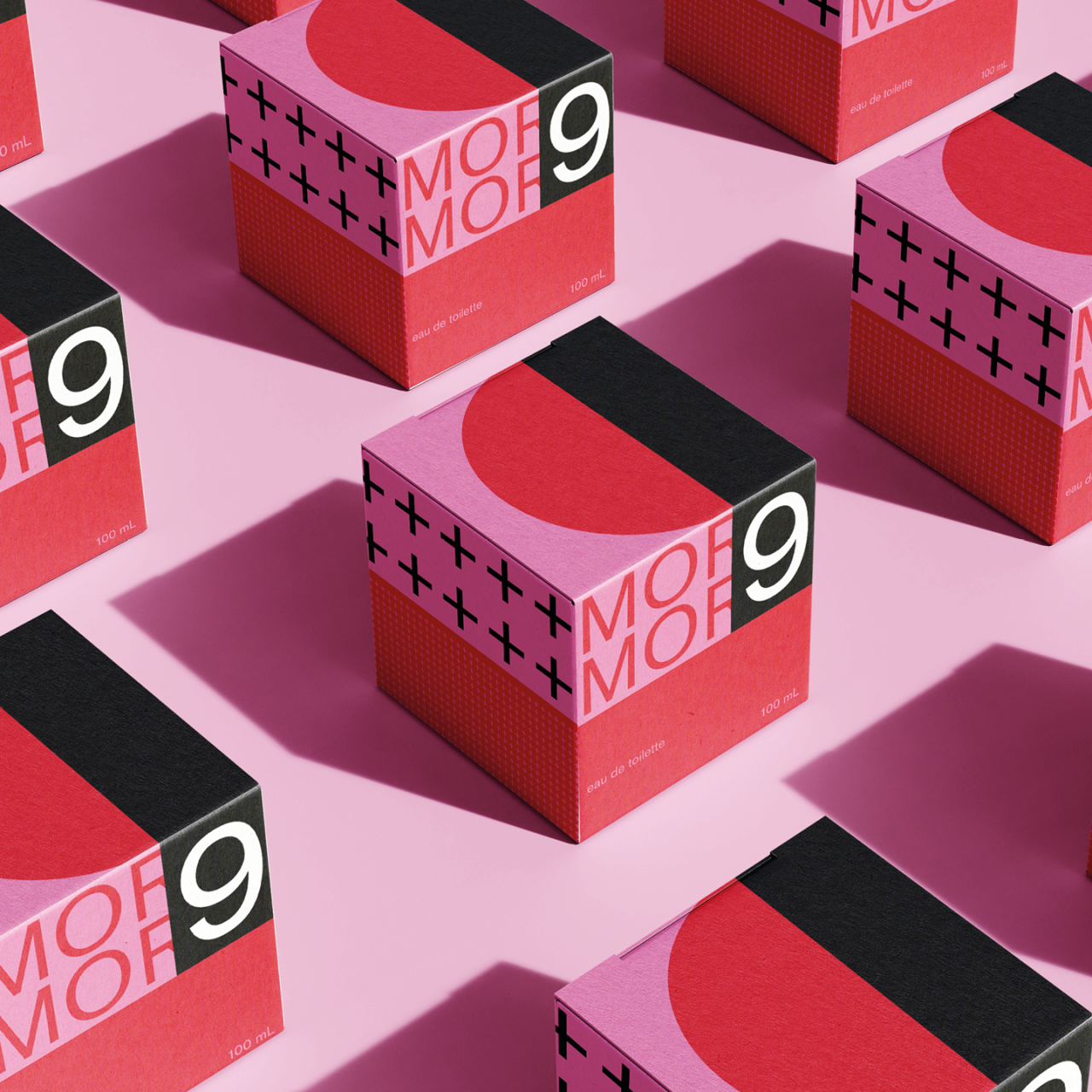
Akzidenz-Grotesk is one of the biggest and best-known typefaces in the arena of graphic design. Originally released by the Berthold Type Foundry of Berlin in 1896, it was the first sans-serif typeface widely used worldwide and has been used by iconic brands such as Volvo and the Red Cross. It was also a major influence in the creation of Helvetica, which is similar but has a higher x-height.
Nowadays, Helvetica sits in the Monotype library, so it's fitting that the same company has taken up custodianship of Akzidenz-Grotesk, following its recent purchase of the inventory of the Berthold Type Foundry.
The takeover brings 700 other historic typefaces to Monotype, too, including Imago, Cosmos, Formata, Block, Solemnis and City.
What makes it special
So what, exaxtly, makes Akzidenz-Grotesk so special? "Akzidenz-Grotesk was produced at a time where sans-serif typefaces were starting to come into their own," explains Tom Rickner, creative type director at Monotype. "The low contrast forms and the lack of serifs meant they could stand up to more use and abuse than fine serifed fonts, which would wear down or even break off after thousands upon thousands of impressions."
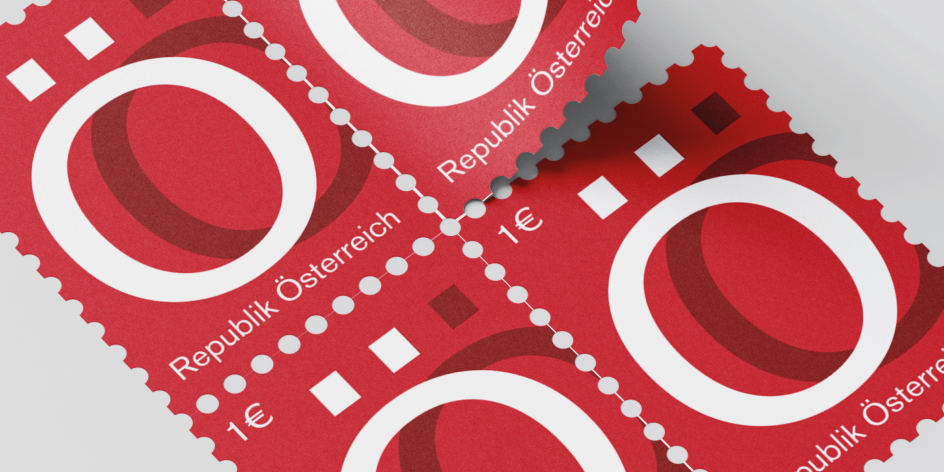
This simple, unadorned type was perfect for commercial applications like catalogues and other functional commercial printing, he adds. "The typeface was sold in the US and Britain under the name 'Standard', and its success among printers would capture the attention of other foundries, who then took steps to add similar designs to their collection to capture this growing market demand."
In the case of the Haas foundry, for instance, they developed Neue Haas Grotesk, which later was the foundation upon which Eduard Hoffmann and Max Miedinger would build their revised and expanded Helvetica. "But I think it is fair to say it likely inspired much more than that," says Tom.
"Once printers start asking for a particular typeface, other foundries will try to fill the void in their own libraries. Alex Lawson once speculated that Akzidenz-Grotesk was an inspiration for Morris Fuller Benton of ATF to create Franklin Gothic. In this case, I would posit that the inspiration was related to the functional requirements of printers and less the specifics of the design itself.
"Initially, Akzidenz-Grotesk was used with more prosaic printing of forms, manuals, and other 'job printing' as it was called then," Tom adds. "Massimo Vignelli selected it for his NYC Subway signage designs before eventually switching to Helvetica. And here is no shortage of visually interesting uses of this family." You can view some of them here.
Looking to the future
Tom is just as excited about welcoming the broader range of Berthold typefaces to Monotype. "When I think of Berthold, I first think of Günter Gerhard Lange, a towering figure in type design, whom I was thrilled to have briefly met in 1989," he says. "His skilled and confident art direction at Berthold was instrumental to the company's success in developing a thriving phototypesetting business.
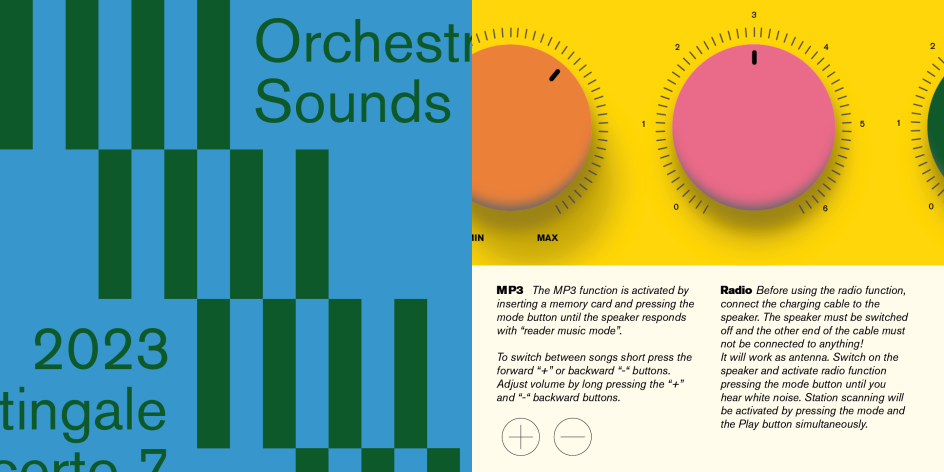
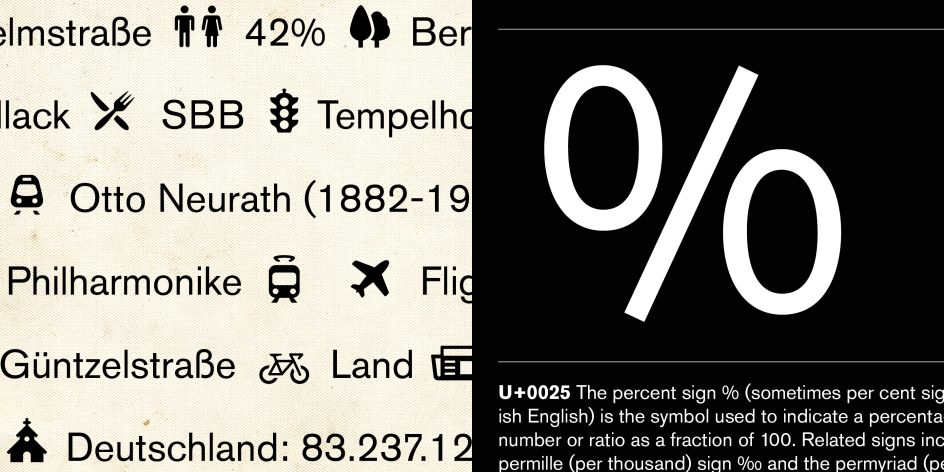
"While many typographers may first think of his original designs such as Imago, Champion, or Solemnis, his work on Berthold's editions of Bodoni, Caslon and Walbaum are masterclasses in form and rhythm," adds Tom. "My 1988 copy of Berthold's four-volume Type Specimen is a keepsake I still reference from time to time."
But this new acquisition isn't just about type's past; it's also about its future.
"I know there are many Monotype customers who will be excited to gain access to these gems through our Monotype Fonts platform," says Tom. "And designers can be confident that our stewardship of this library will ensure that these typefaces not only maintain but expand their relevance, as we consider what faces can benefit from enhancements to their character sets, stylistic range, or even their availability in variable format.
"I look forward to hearing from designers what they want out of the potential future release of these typefaces."
Upon completion of the acquisition, the Berthold library of over 700 typefaces will continue to be sold through Bertholdtypes.com and Bertholdwebfonts.com. Berthold's library will also be delivered as a premium inventory collection through Monotype Fonts.

















